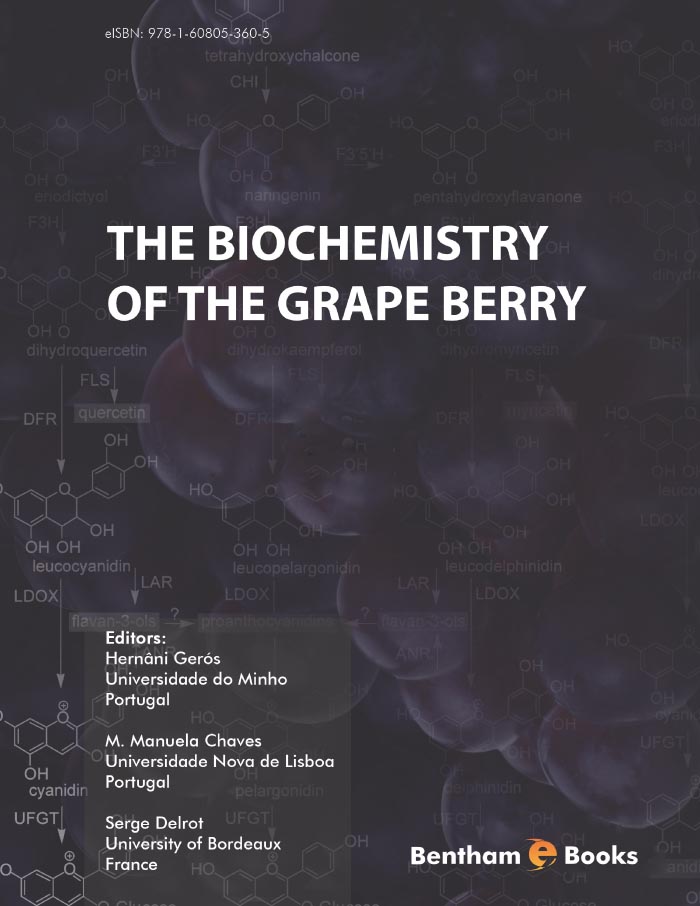Introduction
Grapes (Vitis spp.) are economically significant fruit species. Many scientific advances have been achieved in understanding physiological, biochemical, and molecular aspects of grape berry maturation. Some of these advances have led to the improvement of wine quality through better grape growing practices; but this avenue of research is still wide open due to the complexity of the biochemical mechanisms involved in the development and ripening of grapes and their response to environment.
The Biochemistry of the Grape Berry is a pioneer offering for readers - giving a focused and integrated coverage of the key biochemical and molecular aspects of grape berry development and ripening. Readers will benefit from a comprehensive and updated coverage on key steps, mechanisms and regulation in grapevine biochemistry and molecular biology, provided by an international team of leading scientists. It provides useful references on this research area and original data from laboratories worldwide. The comprehensive range of topics covered in this e-book is valuable to a multidisciplinary readership including plant physiologists, enologists, microbiologists, wine makers, biochemists and students. Thus The Biochemistry of the Grape Berry represents a step forward in the comprehension of grape berry biochemistry, wine quality and health benefits.

